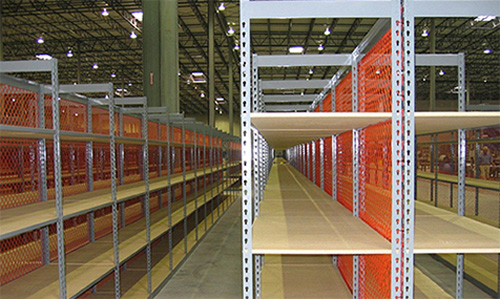
It’s safe to say that there is shelving of some kind in almost every warehousing or other industrial operation, offices, and most commercial facilities. Even a sophisticated distribution center outfitted with AS/RS usually has fallback storage in the form of rack or shelving. For those applications that require a lot of heavy-duty shelving, though, issues of capacity come to the forefront.
Basics: Rivet Shelving and Heavy-Capacity Applications
Tags: archival, warehousing, warehouse safety, Industrial Shelving, storage, records storage, parts bins
Posted in Storage, Organization & Workstations|
Cross-Docking: What are the facility layout considerations?
This is the third in a series of articles on cross-docking
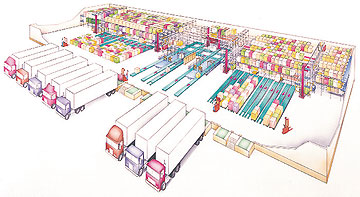
If you started from scratch, many might simply build a cross-dock facility with a much shallower depth than most warehouses. A depth of a hundred feet or so, with incoming product on one side that can be easily moved a short distance and loaded on the other side to an outbound truck. Most of us must deal with an existing facility, many times a large square box which is not generally the preferred layout. However, as long as the existing facility has a sufficient quantity of dock doors, yard space, and an adequate footprint, you may be fine.
Tags: conveyor systems, advanced shipping notice, order fulfillment, Supply Chain, cross dock, Cross Docking, dock layout
Posted in Space Optimization & Planning|
Am I Wasting Time: is Cross-Docking a Viable Consideration for my Company?
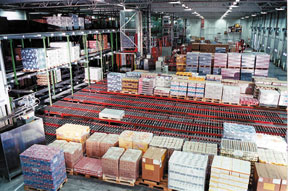
This article is the second in a series of articles on cross docking
In concept and on paper cross docking looks great, but, what about actual implementation? What kind of return do we get on this investment? The short answer is the implementation can be challenging. However, with planning, a committed team of upstream and downstream participants, and pilot programs, it can pay significant benefits.
Cross docking does not have to be complicated. Some, even today, execute cross-docking using human-readable paper documentation as the driver. As mentioned in the original brief, cross docking can cover a wide range of distribution activities. In one door and directly out the other is one approach. Many cross dockers also add value in the brief (hopefully) interval between receiving and shipping. Others send product to a temporary buffer in the interval, in many of these cases an automated system (mini-load, AS/RS, etc.) serves as the buffer.
Tags: Supply Chain, cross dock, Cross Docking, advance shipping notices, dock layout
Posted in Docks & Shipping|
Cross Docking: Is it Right For Me?
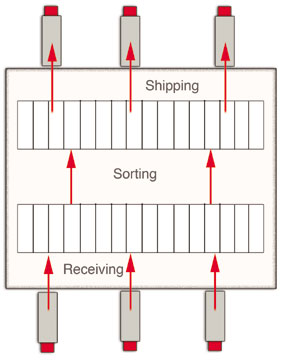
Judging by the number of inquiries we receive relative to inventory management in distribution, a look at cross docking practices seems to make sense. This will be the first of a series of briefs on cross docking, how and where it works, and a look at some best practice ideas that might be useful to those of you in the distribution business of all sizes.
Tags: cross dock, Cross Docking, pre-distribution, transshipment ready
Posted in Docks & Shipping|
What is Dynamic Zone Allocation—and Why do You Need it?
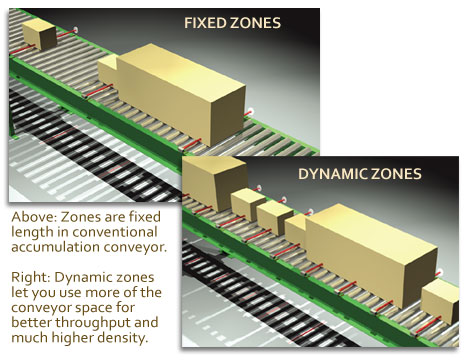
Zero and minimum pressure accumulation systems have been around for years, but suffered from variable loads. If you have zones of, say, 24″ and some cartons that are 15″, the smaller cartons have to take up space as if they were the longest load on the system. An animation depicting DZA can be found here.
Tags: Conveyor, Automation, Accumulation Systems, Conveyor Belts, Conveyor Technology
Posted in Conveyor Optimization|



